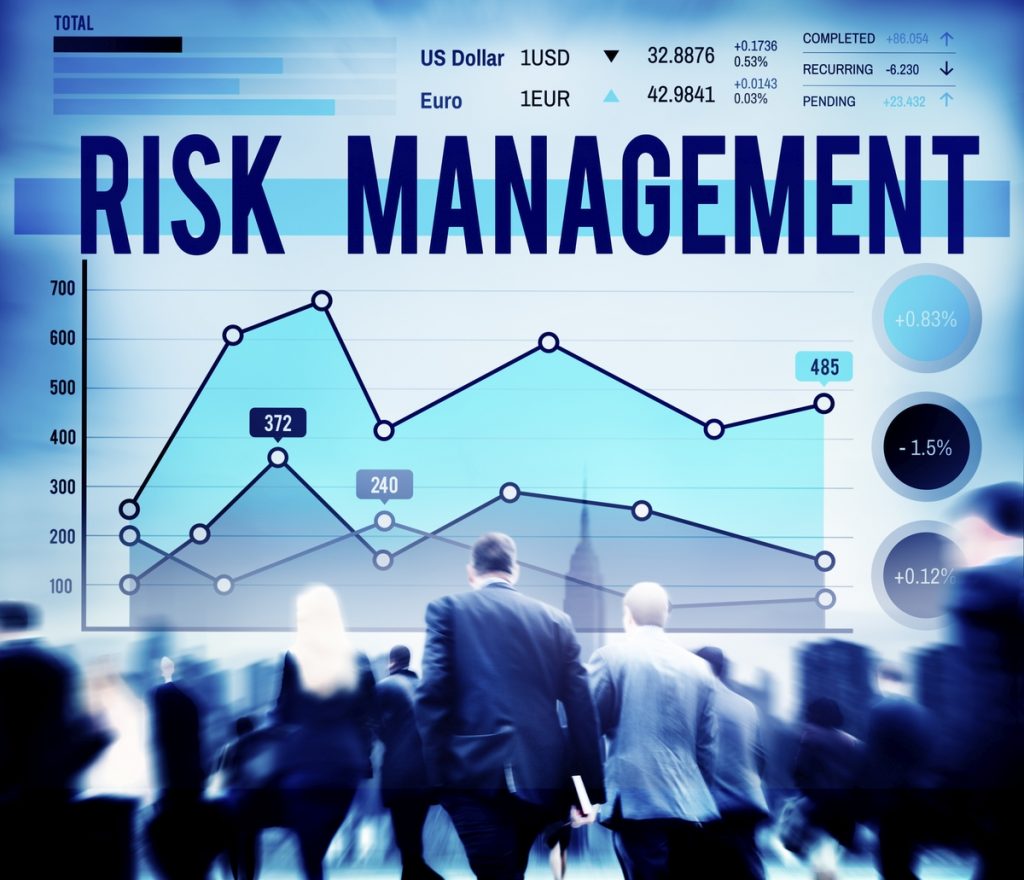Whether you own a construction company or a traditional office space, every workplace will come with potential hazards, regardless of the industry. In case proper precautions aren’t taken, employees can get seriously harmed or wounded, leading to future workplace injury lawsuits, as well as more grave consequences.
However, accidents and injuries can just as easily be prevented in any environment, as long as safety is a priority for business owners. To that end, here is some safety and injury prevention advice you should incorporate into your small business for both your and the workers’ benefit:
Building a culture focused on safety
Although a serious occurrence that should be handled appropriately when necessary, dealing with workplace injuries can also be avoided simply by cultivating a culture of safety in the working environment. Primarily, this means introducing strong safety policies and procedures, as well as ensuring all employees are properly educated on how to follow them, which can easily be achieved through seminars and educational meetings.
Aside from enforcing important policies, it should also be your duty as a business owner to make sure safety is a valued concept in your company, and encourage your employees to speak up whenever they notice potential hazards, in an effort to make the workplace a safer environment for everyone involved.
Conducting necessary risk assessments
Injuries sustained in the workplace don’t only lead to necessary workers’ compensation, but can also be the basis of lawsuits, and even cause serious health issues for the employees. In an effort to prevent such occurrences from happening, risk assessment can be a brilliant tool.
Whether you decide to perform these assessments in-house, by asking different departments to do each other’s audits, or even hire outside help to perform regular workplace checks, risk assessment is another way to promote a good company safety culture. Furthermore, it can also help to prevent accidents and injuries, ensure compliance with local laws and regulations, as well as improve the overall safety in the workplace.
Providing essential protective equipment
Investing in protective equipment is another good way of promoting safety in the workplace. Even if such gear isn’t required by law for their specific field, businesses should still provide safety equipment such as goggles, ear and fall protection, and protective clothing to their employees.
In an effort to prevent injury and ensure safety, small business owners should provide high-quality men’s workwear for their employees who work dangerous and physically demanding jobs. But apart from being easily accessible, this equipment is also checked regularly to ensure it’s still in a good, usable condition, and it might be a good idea for your small business to do the same as well.
Deciding on special medical aid training
Depending on the country and region your business is located in, certain industries are required by law to constantly have a specialized professional on staff who is properly trained and certified in medical aid.
Even if you’re not legally required to hire such individuals, it might still be a good idea to encourage some of your employees to receive medical aid certifications or even undergo such training yourself. That way, you can ensure that an educated person is always on hand to offer help in case an accident or injury does occur, and it might help to make your employees feel that much safer and more secure in the workplace.
Applying regular maintenance measures
While safety concerts and sustained injuries might represent some of the most common legal issues in the workplace, especially in countries like the US, many of these problems could easily be prevented with basic maintenance and routine checks for potential hazards in the space.
For instance, offices could make sure that pathways are clear of any tripping hazards, sidewalks don’t contain snow, ice, or damage, and employees are familiar with proper safety procedures. On the other hand, factories and warehouses could frequently check the floors for potential tripping and slipping hazards, while machines and other equipment should be regularly serviced and promptly replaced when necessary.

Ensuring proper ergonomic support
Even though they’re often overlooked, musculoskeletal injuries make up a large percentage of the most common workplace injuries, especially when it comes to environments like traditional office settings. This includes ailments such as pinched nerves, herniated and ruptured discs, as well as carpal tunnel syndrome, most of which tend to occur due to improper posture, repetitive motions, and physical exertion at work.
Fortunately, ergonomic hazards are arguably the easiest ones to avoid. Apart from investing in ergonomic office furniture that offers proper support, it would also be wise to encourage your employees to take regular breaks, get up, stretch, and walk around, in order to maintain optimal health.
In conclusion
Apart from a legal obligation, business owners also have a moral duty to make sure their working environment is as safe and risk-free as possible. And with the helpful injury prevention advice mentioned above, an employer can ensure a healthier and more secure workplace for everyone involved.



